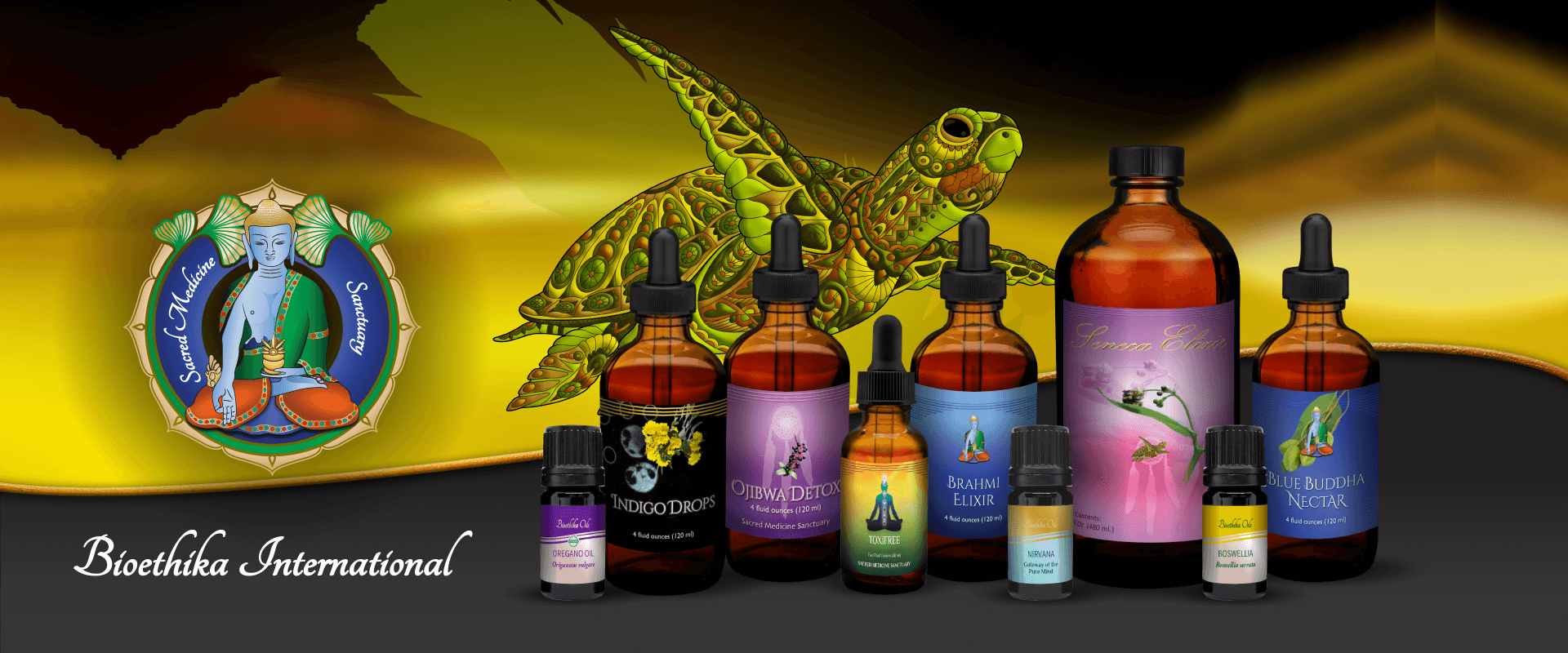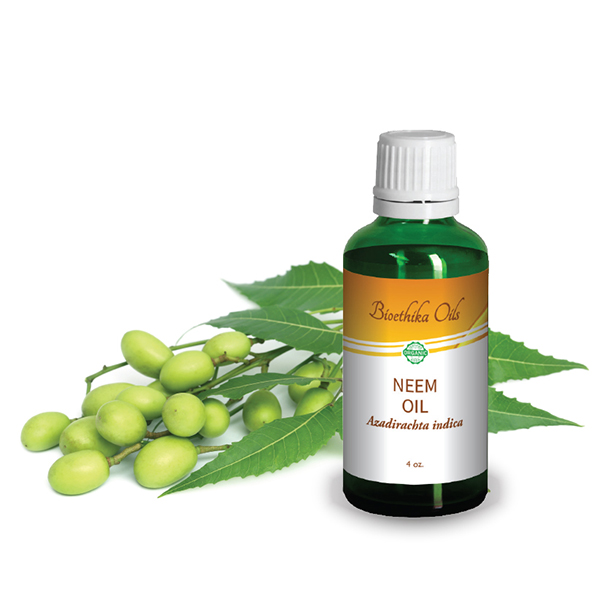


Many people are familiar with the neem oil made from leaves and a carrier oil, usually sesame oil, but this Neem Oil is cold pressed from the seeds found in the fruits of the neem tree. It is therefore an entirely different “neem oil”.
Each fruit contains one pit. The seeds are crushed and then the oil is cold pressed from this seed. The oil has a very strong “aroma” but some may find the odor offensive.
Given that neem is a powerful insecticide, it is to be expected that the odor is disagreeable, but Neem Oil is nevertheless used in many cosmetic and health products, including ones for oral use, such as toothpastes and mouthwashes to avoid plaque and tooth decay. For example, one can add a little Neem Oil to your favorite swishing oil. Many people use coconut oil for swishing, but ghee is very easily tolerated, especially for newbies. Pumpkin oil tastes better and sesame oil, not roasted, is a favorite in India. You can also take a little cup, the size of a sake cup and mix toothpaste with Neem Oil. If odor and taste do not concern you, blending Neem Oil with Chaparral Powder is a super whammy! Try using a small soft toothbrush, the type used for children, and let the chemistry do the work without brushing hard.
To make your own oral rinse, you can create different kinds of oral rinses depending on your goals. For instance, Clove Bud Essential Oil is very disinfecting and it numbs pain. It does not eliminate pain, but it can make a nasty toothache more tolerable. Cinnamon is almost as disinfecting and tastes a lot better than cloves, but it is not quite as numbing. Most people are used to oral hygiene products containing peppermint, but some avoid this if they are taking homeopathic remedies. Try Myrrh Gum, Lemon, or Fennel essential oils to make your own swishing and oral health concoctions. For tooth whitening, try Rhatany.